Exploring the Benefits of Converted Container Homes for Sustainable Living
In recent years, the concept of sustainable living has gained significant traction, prompting innovative housing solutions that minimize environmental impact. One such solution is the rise of converted container homes, which not only offer a cost-effective alternative to traditional housing but also significantly reduce waste and resource consumption. According to a 2021 report by the United Nations, approximately 1.3 billion tons of food waste are produced globally each year, much of which can be avoided by repurposing materials like shipping containers. The use of these containers in residential construction has been shown to reduce carbon footprints by up to 50% compared to conventional homes, as highlighted in a 2022 study by the Green Building Council. These statistics underscore the potential of converted container homes to contribute to a more sustainable future, providing a viable solution for eco-conscious individuals and communities looking to embrace a greener lifestyle.

The Rise of Container Homes: A Sustainable Alternative to Traditional Housing
The rise of container homes has emerged as a revolutionary solution in the pursuit of sustainable living. With increasing concerns about climate change and environmental degradation, traditional housing methods are increasingly being scrutinized. Converted shipping containers offer a practical alternative that not only reduces waste but also minimizes the carbon footprint associated with conventional construction. These structures are made from recycled materials and can be transported easily, making them a flexible option for various living environments.
Moreover, container homes can be designed to be energy-efficient, incorporating renewable energy sources such as solar panels and green roofs. Their modular nature allows for innovative architectural designs that can optimize energy use and create a comfortable living space. As urban areas become overcrowded and housing prices soar, container homes present an affordable solution for those seeking sustainable living without compromising on style or comfort. The adaptability and low environmental impact of these homes make them an appealing choice for individuals and families looking to embrace a greener lifestyle.
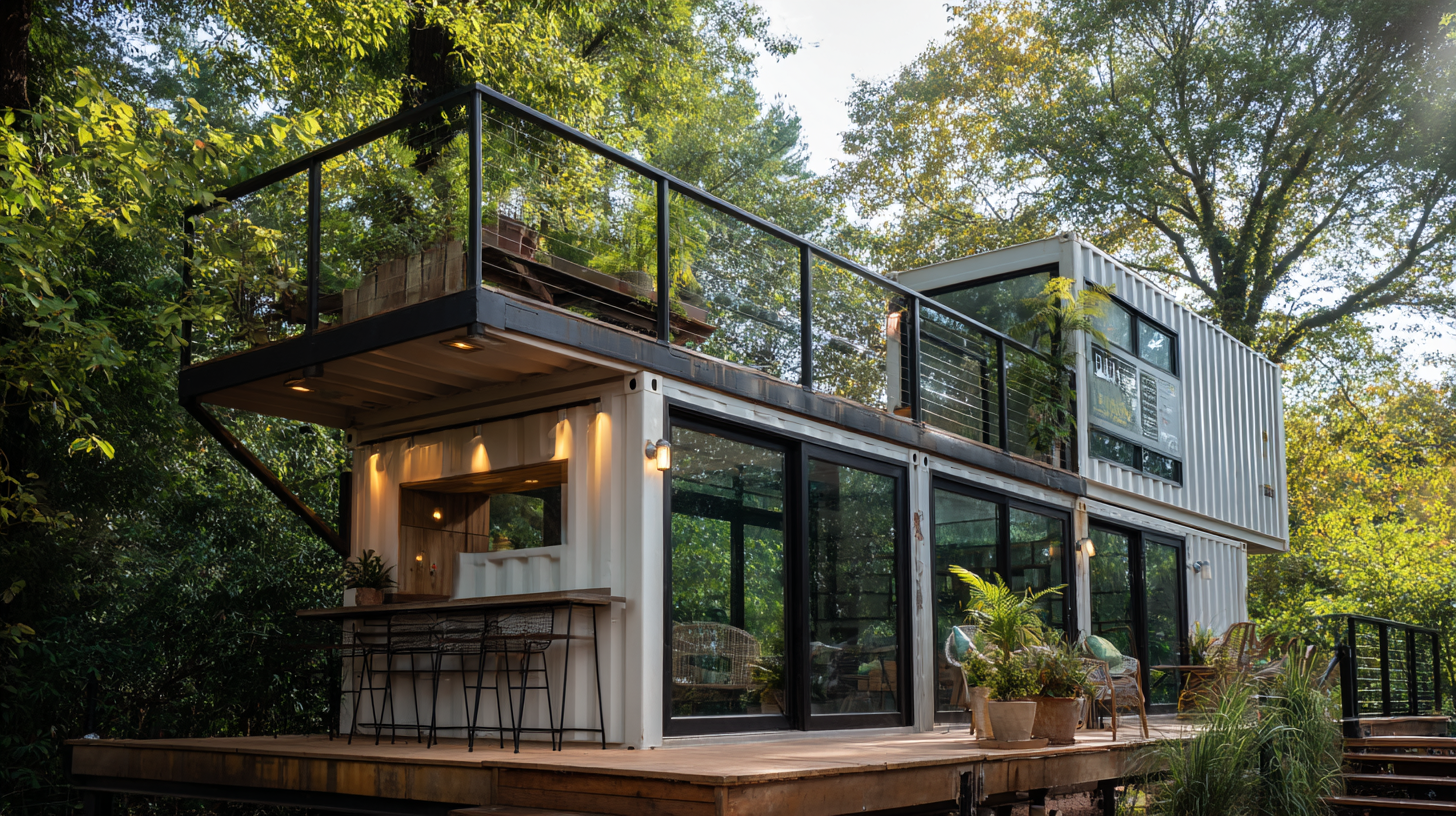
Environmental Impact: How Container Homes Promote Eco-Friendly Living
Container homes have gained popularity as an innovative solution for sustainable living, particularly when it comes to their environmental impact. According to the United Nations Environment Programme, the construction industry accounts for 36% of global energy use and 39% of carbon emissions. By repurposing shipping containers, which would otherwise contribute to landfill waste, we significantly reduce the environmental footprint of building new homes. Additionally, container homes typically require fewer raw materials, thereby minimizing resource depletion and reducing emissions associated with transportation and manufacturing.
Tips: When considering a container home, look for options that utilize energy-efficient insulation and solar panels to further enhance sustainability. Integrating green roofs and rainwater harvesting systems can also improve environmental performance.
Moreover, container homes promote energy efficiency through their compact design. A study by the U.S. Department of Energy reveals that smaller living spaces demand less energy for heating and cooling. Containers are often built with high thermal mass, which helps regulate indoor temperatures, thus reducing reliance on energy-intensive HVAC systems. Combining these elements makes container homes a viable option for eco-conscious individuals seeking to lower their carbon footprint while enjoying modern living amenities.
Tips: Always consult local building codes and regulations to ensure your container home complies with safety and environmental standards.
Cost-Effectiveness of Building with Shipping Containers
The rising trend of converting shipping containers into homes aligns perfectly with the increasing demand for cost-effective housing solutions. As the global mobile container home market is projected to grow from $1.6 billion in 2025 to $3.06 billion by 2034, representing a compounded annual growth rate (CAGR) of 7.5%, it highlights the significant potential of this sector. The affordability of using shipping containers, combined with their durability and flexibility, makes them an appealing option for those looking to adopt sustainable living practices.
Furthermore, the broader container market serves as a backdrop for this growth, with the global mid-range container market expected to expand from $10.47 billion in 2025 to $15.62 billion by 2032, at an annual growth rate of 5.88%. This expansion is indicative of an increasing acceptance of shipping containers as viable construction materials not just for homes but for various types of infrastructure. The economic appeal, alongside a growing awareness of sustainable alternatives to traditional housing, positions converted container homes as a significant player in the future of residential construction.
Cost-Effectiveness of Building with Shipping Containers
This chart illustrates the cost-effectiveness of using converted shipping containers for sustainable living compared to traditional homes. The average cost per square foot for a traditional home is approximately $150, while a converted container home averages around $100 per square foot, making it a more budget-friendly option for sustainable living.
Customization and Design Flexibility in Container Home Construction
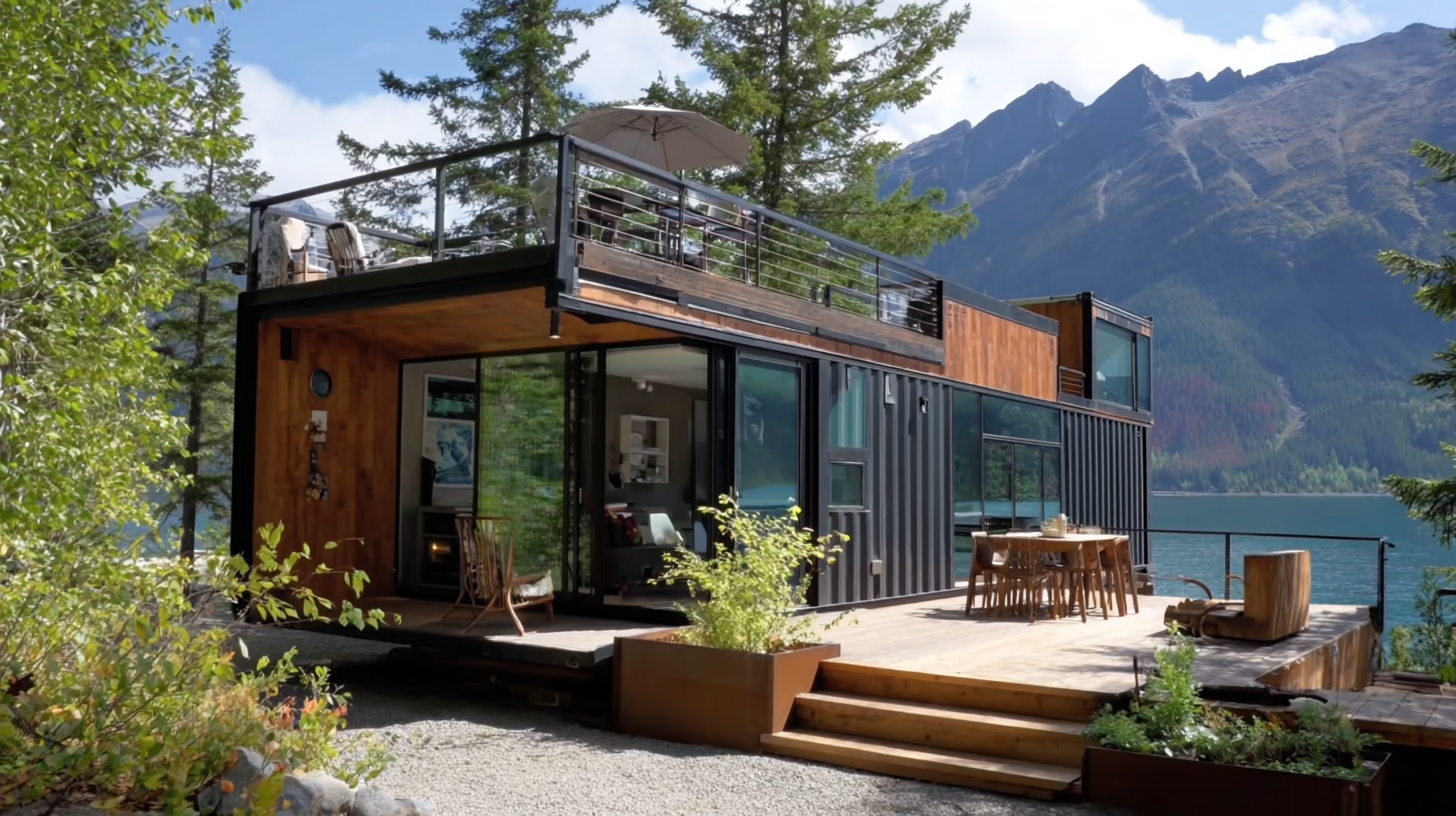 Container homes have gained popularity in recent years, particularly for their unique customization and design flexibility. With a wide range of shapes, sizes, and finishes available, homeowners can truly express their creativity and personal style when constructing their container homes. Whether you prefer a modern aesthetic or a more rustic vibe, the versatility of containers allows for various configurations, including stacking, combining multiple units, or integrating eco-friendly features like green roofs and solar panels.
Container homes have gained popularity in recent years, particularly for their unique customization and design flexibility. With a wide range of shapes, sizes, and finishes available, homeowners can truly express their creativity and personal style when constructing their container homes. Whether you prefer a modern aesthetic or a more rustic vibe, the versatility of containers allows for various configurations, including stacking, combining multiple units, or integrating eco-friendly features like green roofs and solar panels.
Tips: When designing your container home, consider the layout carefully. Open floor plans can create a spacious feel, while strategically placed windows maximize natural light and ventilation. Additionally, incorporating movable walls or multi-functional furniture can enhance the flexibility of your living space.
Moreover, the exterior of your container home can be customized with attractive cladding materials or vibrant paint to suit your taste and blend in with the surrounding environment. This aspect not only enhances the home's visual appeal but also promotes a connection to nature. Remember to think about insulation and energy efficiency during construction, ensuring your container home remains sustainable and comfortable year-round.
Tips: Use reclaimed materials for interiors or landscaping to further drive sustainability. Don’t overlook outdoor spaces; a well-designed deck or garden can complement your container home and expand your living area, making it not just a house but a charming home.
Case Studies: Successful Container Home Projects Around the World
Container homes have gained traction around the world as a sustainable living alternative, with several successful case studies exemplifying their effectiveness. For instance, the "Container City" in London, which utilizes repurposed shipping containers, offers a unique blend of affordability and sustainability, accommodating both living and workspace. This innovative project has been recognized for its ability to reduce the overall carbon footprint typically associated with traditional building materials.
According to a recent industry report, using converted containers can lead to a reduction of up to 70% in construction waste, significantly contributing to sustainable development goals.
Moreover, similar initiatives have emerged globally, such as the "Cargotecture" movement in the United States, which transforms shipping containers into stylish, eco-friendly homes. These projects often incorporate renewable energy sources and efficient insulation, addressing the challenges of energy consumption in modern housing.
A study indicated that container homes can consume up to 50% less energy compared to conventional homes, highlighting their potential as solutions to the urgent need for sustainable living environments. As the construction industry grapples with barriers to modular solutions, such as financial constraints, these successful case studies showcase the feasibility and environmental benefits of container homes, paving the way for a more sustainable future in urban development.
Related Posts
-
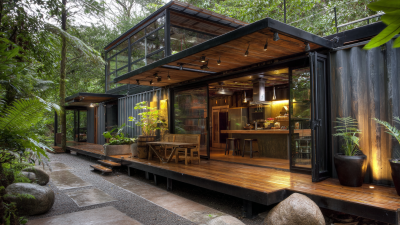
Innovative Design Ideas for Sustainable Living with Freight Container Homes
-

Transforming Lives: How Freight Container Homes Can Reduce Housing Costs by 30% in Urban Areas
-

Revolutionizing Modern Architecture: The Rise of Cargo Container Construction in Sustainable Living
-
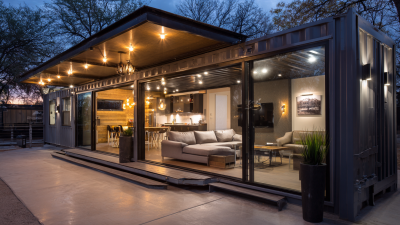
Transforming Spaces: The Versatile Benefits of Custom Built Shipping Containers in Modern Architecture
-
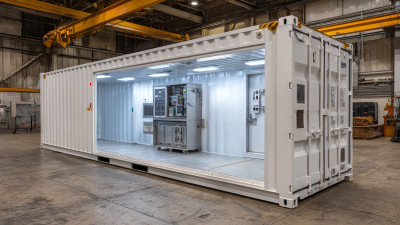
Unlocking the Potential: Innovative Uses for Specialty Shipping Containers in Modern Industries
-

Innovative Cargo Container Buildings Transforming Urban Living Spaces

